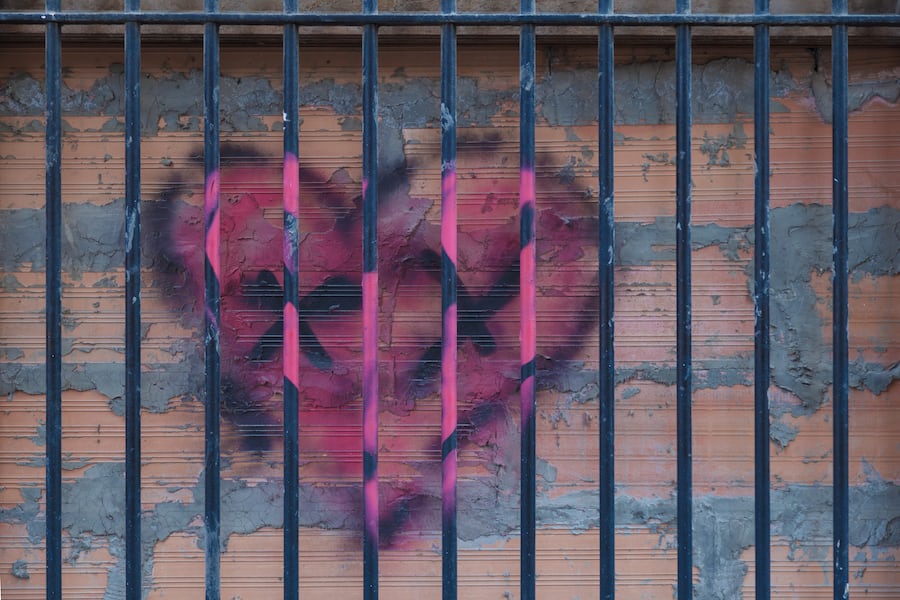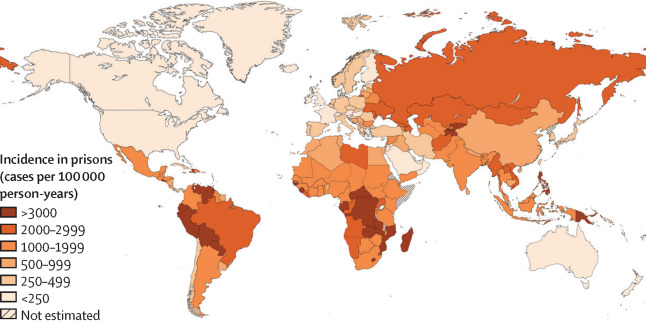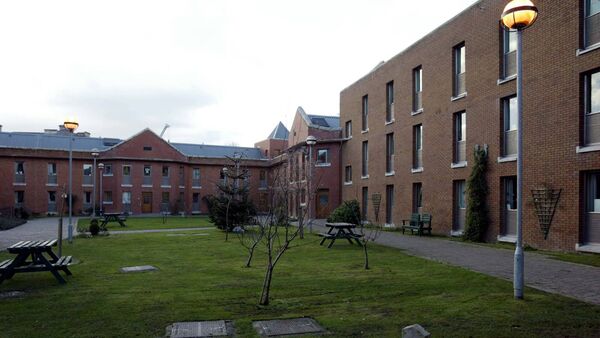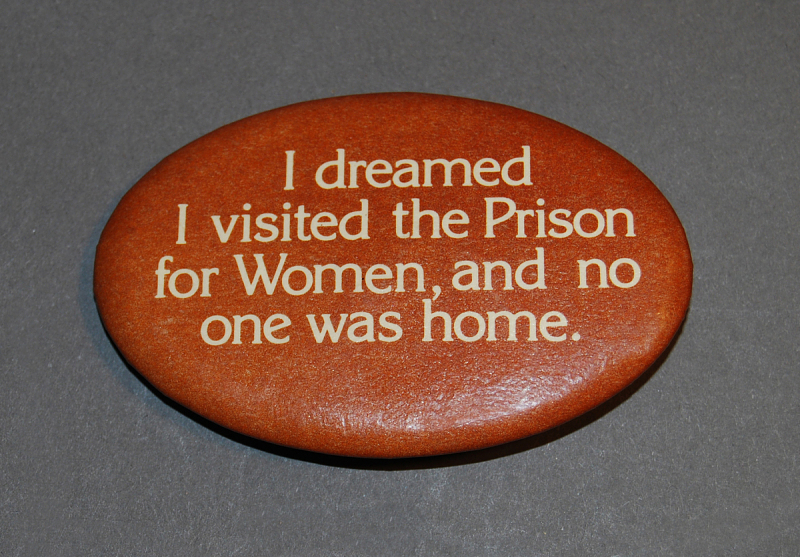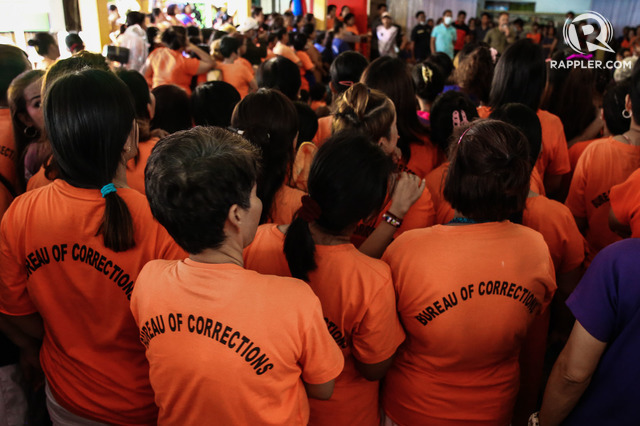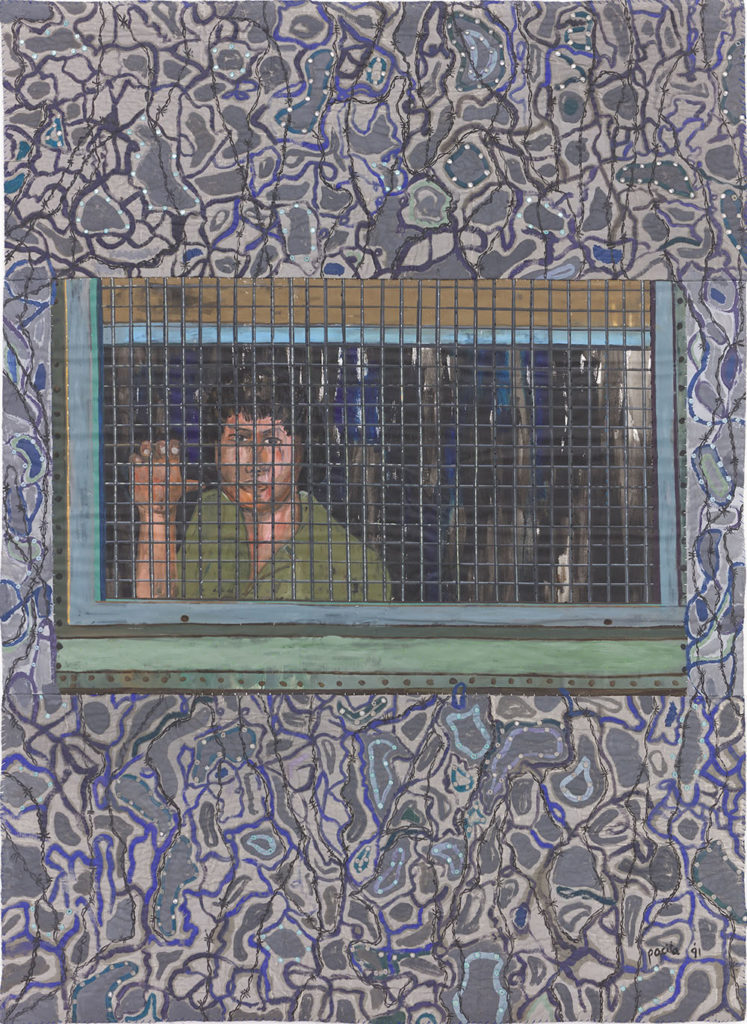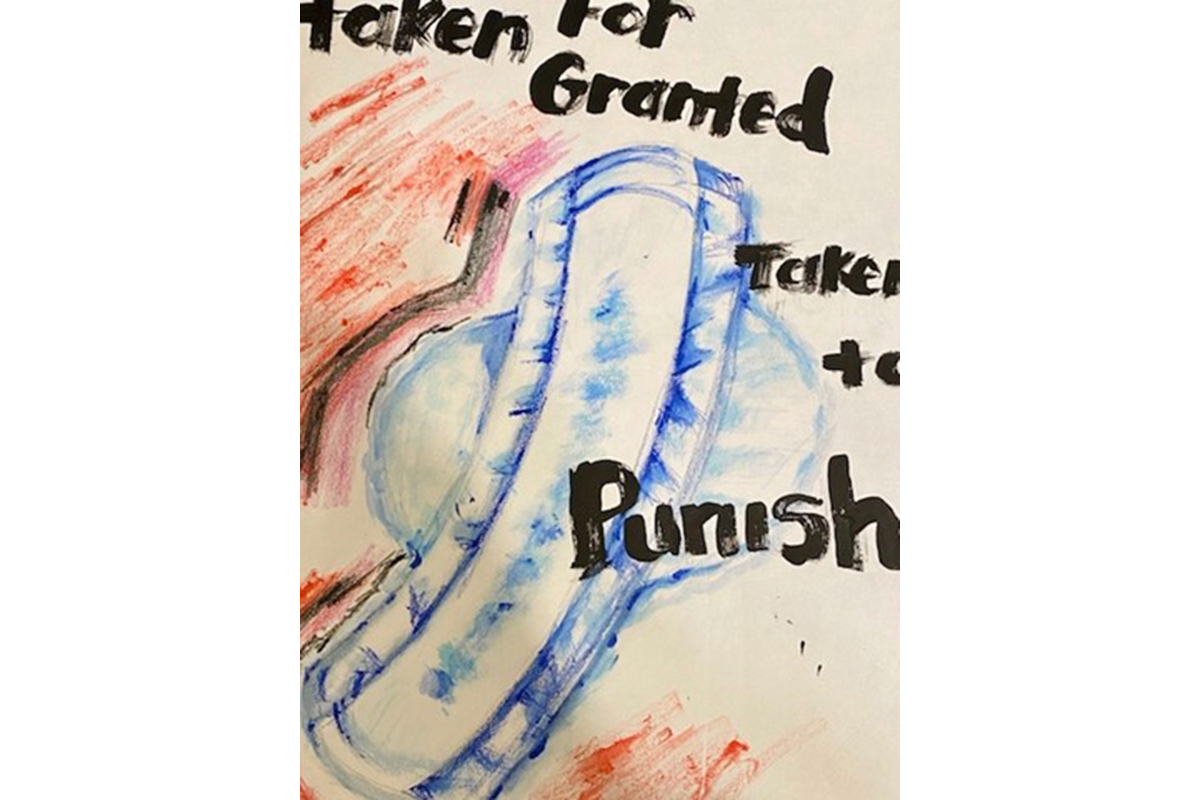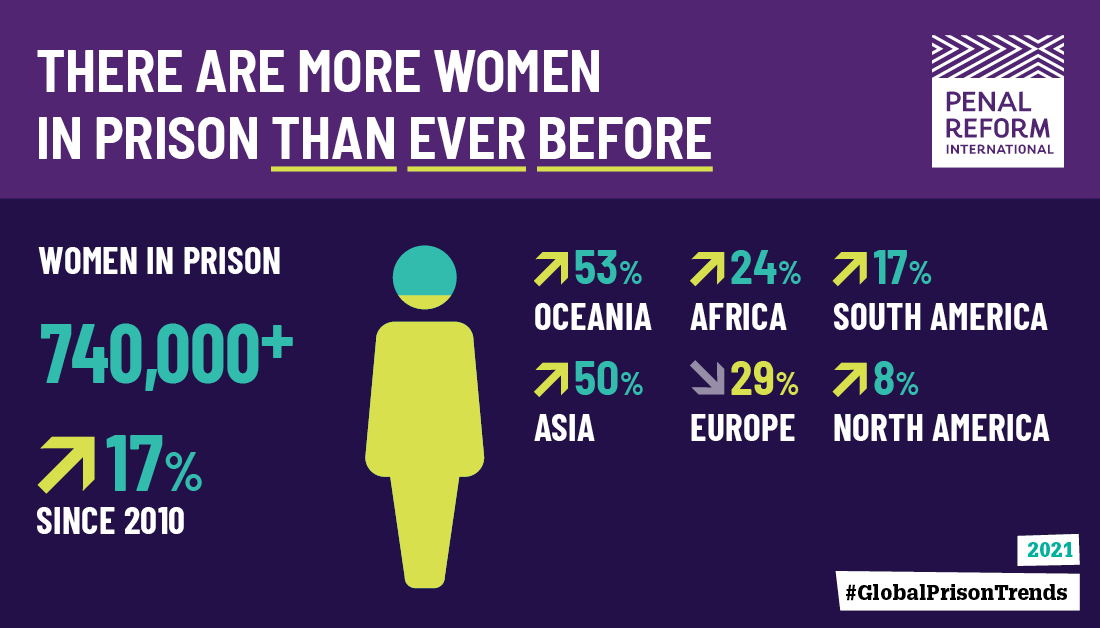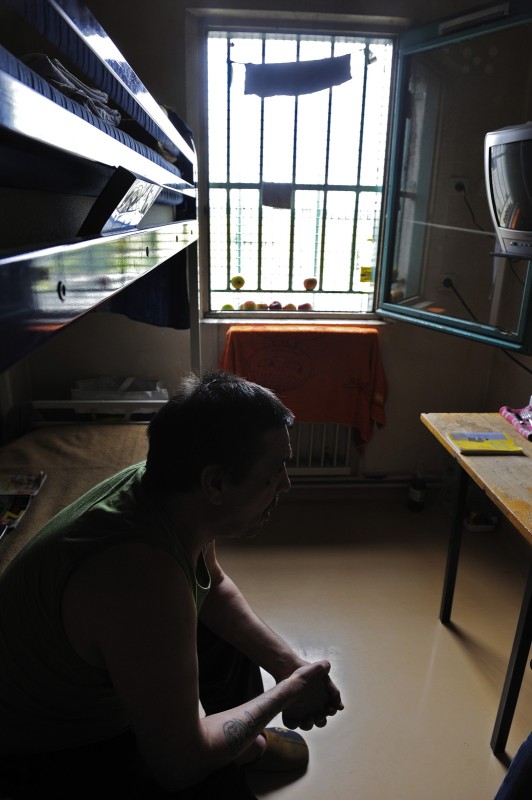
A year ago, the U.S. Department of Justice Bureau of Justice Statistics released two reports, Jail Inmates in 2021 and Prisoners in 2021. From June 2020 to June 2021, the number of people held in jails rose 16%: “The number of males confined in local jails increased 15% from 2020 to 2021, while females increased 22%.” From June 2020 to June 2021, the number of people in prisons decreased by 1%: “The overall decline reflected a decrease in prison populations in 32 states that was offset by an increase in 17 states and the federal Bureau of Prisons (BOP).” Where were the women in this modestly decreasing population? “Twenty-three states and the BOP each had more female prisoners at yearend 2021 than at yearend 2020. The number of females in the BOP prison population increased more than 7% (up almost 800) from yearend 2020 to yearend 2021 … The BOP had approximately 5% more sentenced females and 1% more sentenced males at yearend 2021 than at yearend 2020.” Well, it’s a year later, at the U.S. Department of Justice Bureau of Justice Statistics released two reports, Jail Inmates in 2022 and Prisoners in 2022. Where are the women? Increasingly, in prisons and jails and under attack. Everywhere and nowhere, all at once.
Let’s begin with the Bureau’s prisoner summary: “In 2022, combined state and federal prisoner population increased for first time in almost a decade …. The number of females in state or federal prison increased almost 5% from yearend 2021 (83,700) to yearend 2022 (87,800).” Here’s the Bureau’s jail inmates summary: “Local jails held 4% more people in 2022 than in 2021 … From 2021 to 2022, the number of females in jail increased 9%, while the number of males increased 3%”
The overall prison population increased by 2%; the number of women increased by 5%. From 2021 to 2022, the number of females in jail increased 9%, while the number of males increased 3%. Why are women `winning’ the race to the bottom? Overwhelmingly they are convicted, or better condemned, for non-violent acts, mostly property or drug-related, mostly generated by poverty, drugs, or trauma. This is the second year in a row that women’s incarceration rate increases have exceeded those of men. What does that say? In October, in Uganda, the Commissioner General of Prison Service bemoaned the sorry state of women’s incarceration, noting, “We have a policy that all women are entitled to beds. We might not be meeting it but that is our policy.” We have a policy. We might not be meeting it but that is our policy. Unlike Uganda, the United States has a policy, which it is meeting. That policy is called witch hunt. For woman in distress, ailing, abused, in need of assistance, the place is a cage … with a bed … perhaps. We have a policy, and we are proud to say we are meeting it. What wonders will next year’s report reveal?

(By Dan Moshenberg)
(Images Credit: Smithsonian Center for Folklife & Cultural Heritage / Aimee Wissman)
